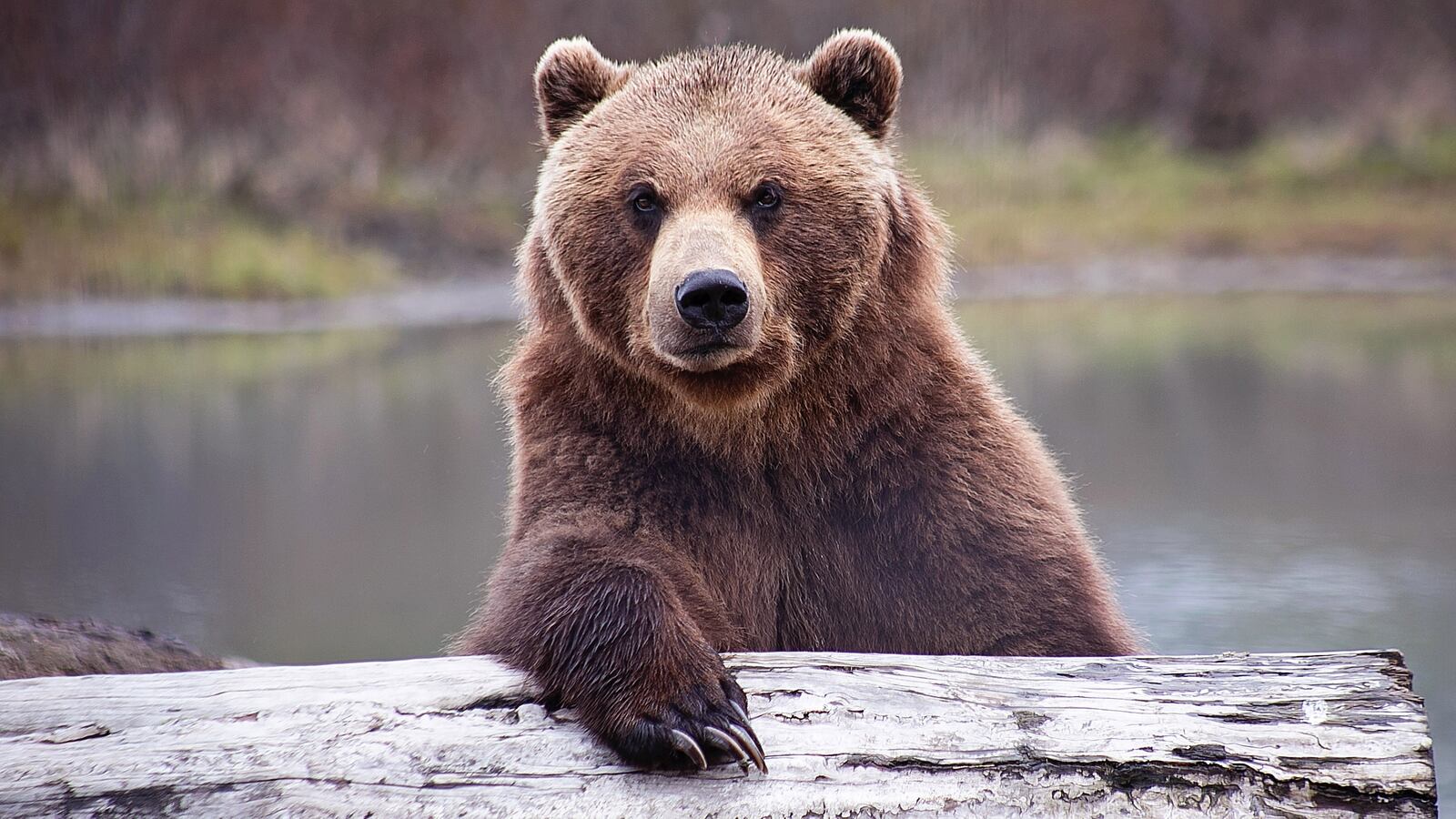The majesty of Yosemite Valley in eastern central California has beckoned me nearly every summer for decades. My husband, Richard, and I have made the long, winding drive from Marin County, across the Central Valley, and up into the hills and down again, to hang out with friends by the lazy Tuolomne River, surrounded by trees, and gaze at the valley’s astounding glacier-cut granite. I have found that it’s a very accommodating National Park for a person with a wheelchair, scooter, or even walking difficulty.
For 25 years, until I was about 65, I “car camped” annually at Housekeeping Camp in Yosemite Valley, right on the riverbank, with a large group of friends. Richard joined me when I was in my forties, while we were dating. We began staying at Yosemite Lodge in the Valley in 2012, because as a polio survivor with a mostly paralyzed leg, camping just became too difficult as I aged. The Lodge costs twice as much as camping, but it’s great to have a bathroom in your room, a lot of electrical outlets, and a better mattress. I don’t miss traipsing to the communal toilets in the dark or using my, ahem, makeshift arrangement in the tent, though I do miss waking up outside near our friends and sharing a quiet cuppa in the mornings.
In 2012, I also started renting an electric sit-scooter in the Valley at the Lodge bike stand. Now I can smell the pines and see the butterflies and wildflowers up close. An especially great benefit has been that Richard and I are able to go a few places together without the car, with him either walking or riding his bike, since I’m, of course, not a hiker.
During our 2014 trip to Yosemite, I scootered my way back from Housekeeping Camp to the lodge on the paved path around dusk, with hikers and bikers passing me occasionally. One couple I passed was walking hurriedly right on the curb, looking not only like foreign inexperienced campers, but a bit nervous and dangerously close to the road. I was tempted to caution them but decided to keep my own counsel.
While tooling along, casually enjoying the woodsy scenery surrounding me, I saw off to my left in a little clearing a huge bear statue that hadn’t been there in the prior year. I was thinking it was a little odd that they’d put one in that particular location… when the statue turned its head and looked at me!
The very much alive dark brown bear was about six feet long, nose to tail, and three or four feet tall on all fours. Its head was a foot wide, including ears—the size of a grizzly, but there have only been black bear species in this area for decades (and they can be either brown or black in color). He (or she) was wearing a green collar placed by the park service, so he was clearly known in these parts; his territory; overwhelmingly not mine. He was a mere 20 feet off the path, watching me putt-putting by.

No Spring Chicken: Stories and Advice from a Wild Handicapper on Aging and Disability.
Francine Falk-AllenWe stared at each other, our heads slowly moving in tandem, as I scooted past, and suddenly it seemed the scooter was not nearly fast enough. He took a step toward me, and as he did I realized that ocular contact was absolutely the worst possible thing to share at that moment, so I tore my eyes away, adjusted the scooter to top speed—maybe 6 mph, a bit dangerous on the curvy, bumpy, slanted path with its dips and rises—and began to think of what I was going to do if the bear followed me.
Hmmm… start beeping the horn, since all wild animals hate and are intimidated by noise (though the horn was rather silly, reminiscent of a clown’s accessory, and not loud enough to be optimally scary). Then maybe I’d throw my backpack toward him, even though it had my laptop in it (with all my writing on it; I back up my work, but sometimes forget to do so). National Park bears know that backpacks often contain food, and I figured that was the most interesting aspect about me from a bear’s perspective: after sunset is about the time animals are thinking of checking out campsites for unattended food.
Please, oh please, not my laptop; just turn around, Big Bear! I pleaded silently as I slipped away, looking over my shoulder every few seconds, until I was sure he was not following me. Now I understood why that couple had been walking so close to the road; they wanted to get as much distance between themselves and an apparent grizzly without stepping into another danger!
After I’d gone about a quarter-mile down the path, I was sure he was not in pursuit. A lumbering bear is easily heard from a distance; we’d heard them often enough in the middle of the night when we camped in Housekeeping. My heart rate had gone up during the encounter, but it had all happened too quickly for me to be very alarmed or upset, or even decide if I’d been courageous. It did make a hair-raising tale around the campfire that night!
A few of my friends at Yosemite have had even closer and more direct encounters with bears, and no one’s ever been attacked. The bear would win, so it’s important to know how to behave with them. Normally, you slowly back away from these beasts, especially if it’s a mama with cubs, but I hadn’t had that option.
The next afternoon, I nabbed a Mammoth Beer coaster at the Mountain Room Lounge at the Lodge, picturing the giant head of a bear that looked just like my new pal. I have it displayed in my kitchen to remind me of my good fortune, both in seeing the bear and in his disinterest in following a small human on a strange, unfamiliar little vehicle.
The following year, I was conscientious about getting back to the Lodge before dusk. I found, though, that I was a little wistful at the bear’s spot and scanned more deeply into the woods in that area each day, slightly hopeful I’d see him again.
Even if you don’t engage with a big scary bear, there’s probably a deer, squirrel, or marmot waiting to meet you at Yosemite or one of the US’s many other incredible national and state parks—so make your reservation!
Adapted from No Spring Chicken: Stories and Advice from a Wild Handicapper on Aging and Disability by Francine Falk-Allen.

